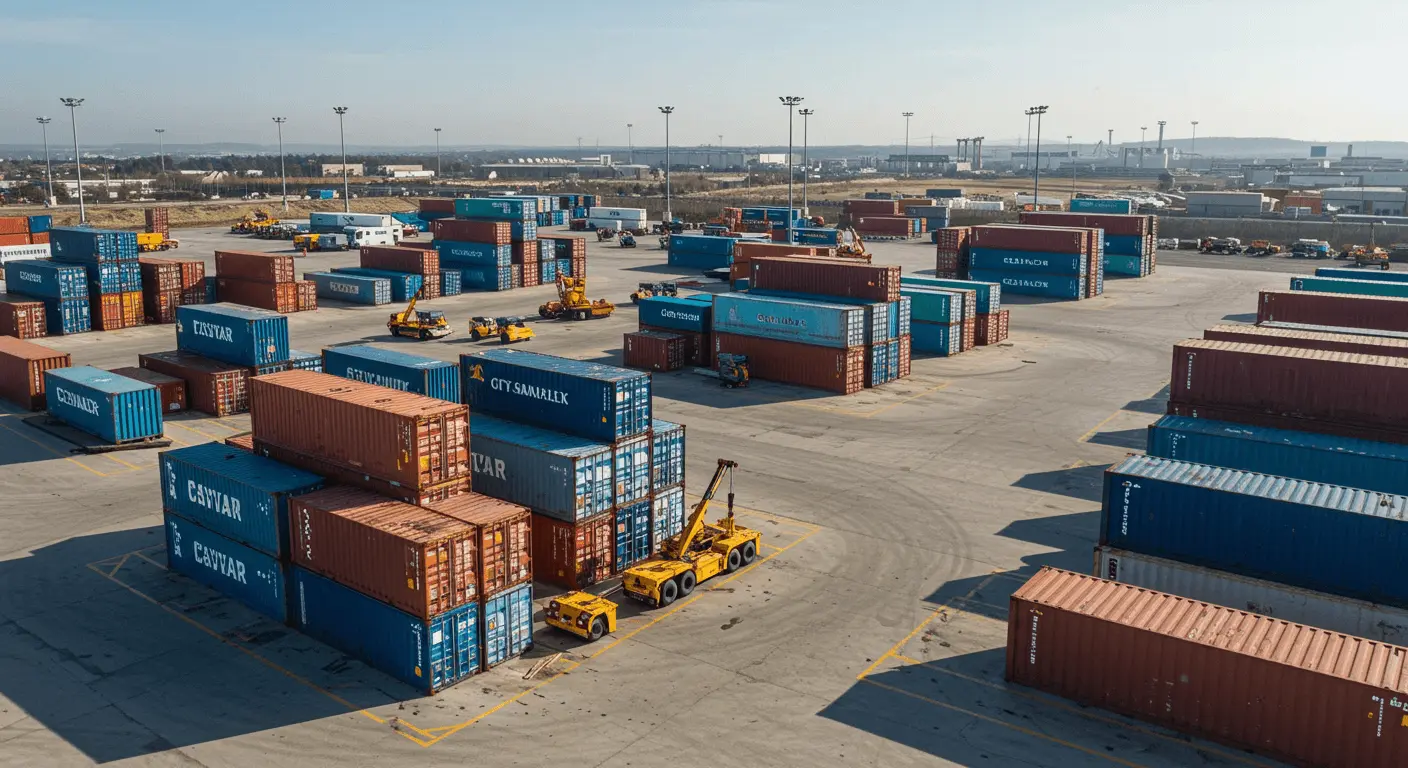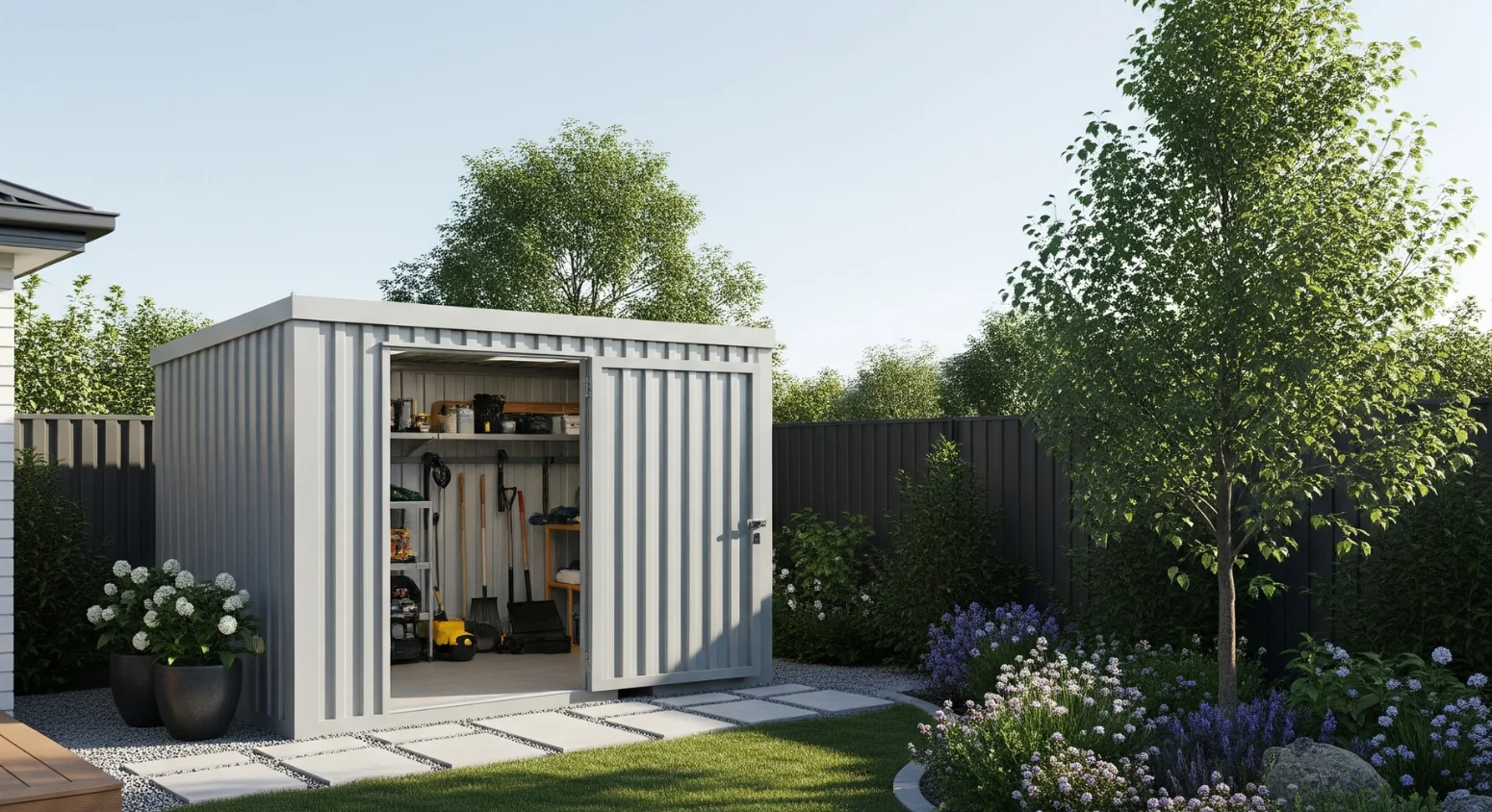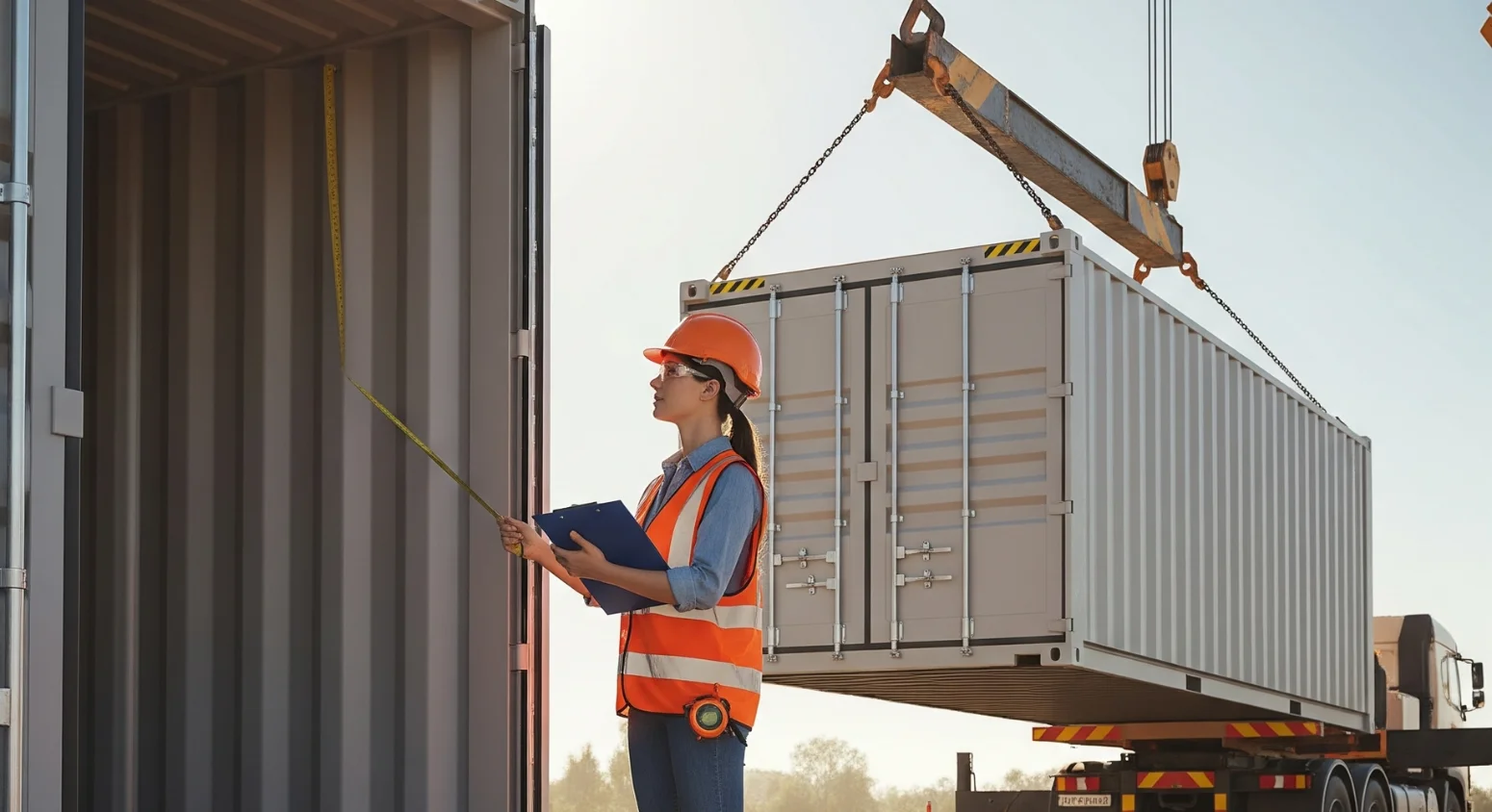Introduction
Moving shipping containers isn’t as straightforward as it seems. With their immense weight and size, using the wrong equipment can lead to delays, damage, or even safety hazards. That’s why choosing the right container moving system is crucial.
In this guide, we’ll break down the key factors you need to consider, highlight the types of equipment available, and share tips for making the best decision for your specific needs. Whether you’re navigating tight warehouse aisles or hauling containers over long distances, this guide has you covered.
Understanding Shipping Container Moving Systems
Let’s start with the basics. Container moving systems are tools designed to transport heavy, bulky shipping containers efficiently and safely. They come in various forms, from dollies and lifting jacks to highway-compatible systems.
Each system serves a specific purpose. For instance, some are better for short-distance moves in tight spaces, while others excel at long-distance transport. Knowing the options is the first step to finding the perfect fit.
Key Considerations When Choosing a Moving System
Weight Capacity
First and foremost, ensure the system you choose can handle the weight of your container. Overloading equipment isn’t just risky—it’s a recipe for accidents and costly damage.
Distance of Movement
Are you moving the container within a warehouse or transporting it across state lines? The distance will significantly impact your choice of equipment.
Terrain
Smooth concrete floors, gravel paths, or rugged outdoor conditions—each surface presents unique challenges. Choose a system designed for the terrain you’ll encounter.
Maneuverability
In confined spaces, like warehouses or storage yards, maneuverability is key. Compact systems with swivel wheels or adjustable configurations can save you time and headaches.
Budget and Maintenance
While cost is important, don’t just go for the cheapest option. Consider long-term value and maintenance needs to ensure your investment pays off.
Types of Shipping Container Moving Systems
Dollies
Dollies are perfect for short-distance moves and tight spaces. Their compact design and swivel wheels make them ideal for navigating confined areas like warehouses or loading docks. Some systems even offer modular setups to accommodate different container sizes.
Lifting Jacks
If you need to elevate a container for loading onto a flatbed or aligning it with other equipment, lifting jacks are the way to go. Hydraulic options provide extra precision and ease of use.
Forklift-Compatible Systems
Forklifts are great for lifting containers off the ground, but they’re not always ideal for moving them. A forklift-compatible dolly system can bridge the gap, offering the lifting power of a forklift with the maneuverability of a dolly.
Highway-Compatible Systems
For long-distance hauls, a highway-compatible system is essential. These are built for stability and safety at higher speeds, ensuring the container stays secure throughout the journey.
Step-by-Step Guide to Selecting the Right System
Assess Your Needs
Start by evaluating the container’s size, weight, and the distance you need to move it.
Evaluate the Environment
Is the terrain smooth or uneven? Are there tight corners or narrow spaces? These factors will guide your decision.
Match Features with Requirements
Look for systems that offer the specific features you need, whether it’s high weight tolerance, compact designs, or long-distance capabilities.
Plan for Long-Term Use
Consider maintenance costs, durability, and whether the system can adapt to future needs.
Common Mistakes to Avoid
Overlooking Load Capacity
Always check that the system can handle the container’s weight. Overloading can lead to damage or accidents.
Ignoring Terrain Compatibility
Using equipment designed for smooth surfaces on rugged terrain (or vice versa) will only cause frustration.
Skipping Operator Training
Even the best equipment can be unsafe if the operator isn’t properly trained.
How Modern Systems Solve Traditional Challenges
Modern container moving systems address common pain points, like limited maneuverability and weight restrictions. Innovations like modular designs and high-weight tolerance make them more versatile and efficient than ever.
Why Choosing the Right System Matters
The right equipment doesn’t just make the job easier—it saves time, reduces costs, and ensures safety. Whether you’re handling containers in a warehouse or transporting them across the highway, the right system can make all the difference.
Conclusion
Choosing the right shipping container moving system isn’t just about picking the most popular option—it’s about finding what works best for your specific needs. With the right tools, you can ensure smooth, safe, and efficient operations.
Explore high-quality solutions designed for your unique challenges and make container handling easier than ever.
Frequently Asked Questions
- What is the best system for moving containers in tight spaces?
Dollies with swivel wheels are a great choice for confined areas, offering excellent maneuverability. - How do I calculate the weight capacity I need?
Add the weight of the container and its contents, then choose a system with a higher capacity for safety. - Can one system handle both short and long-distance moves?
Not usually. Systems like dollies are better for short distances, while highway-compatible systems are built for long hauls. - What safety precautions should I follow when using these systems?
Ensure operators are trained, check the equipment for maintenance issues, and always match the system to the container’s weight and terrain.



